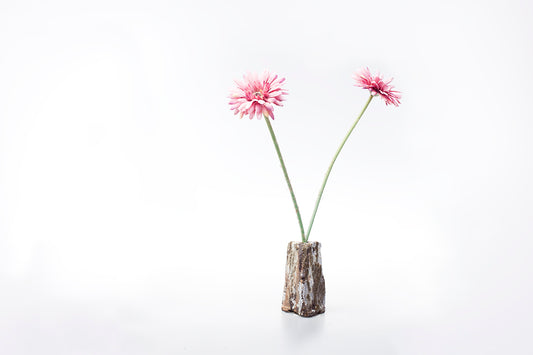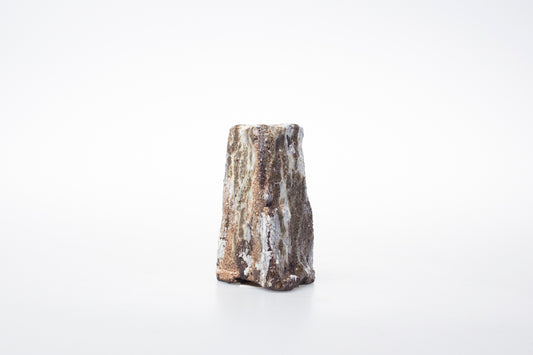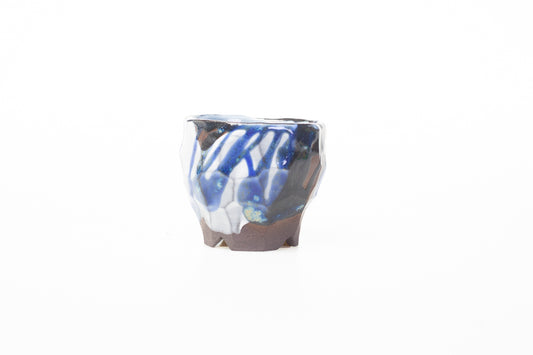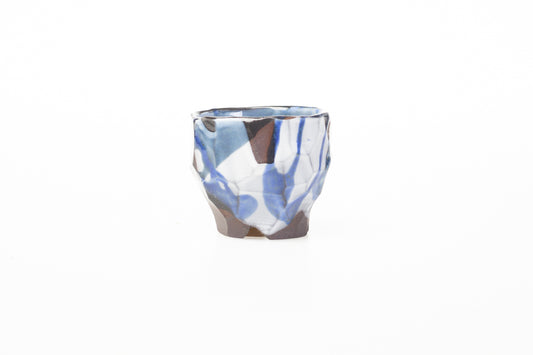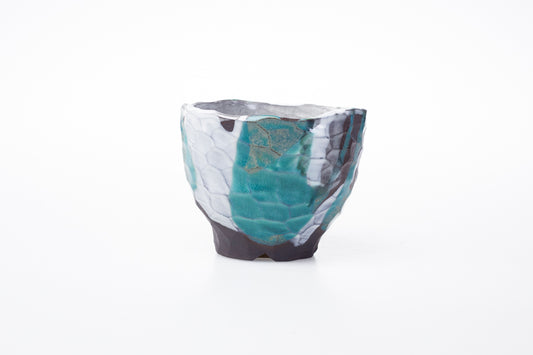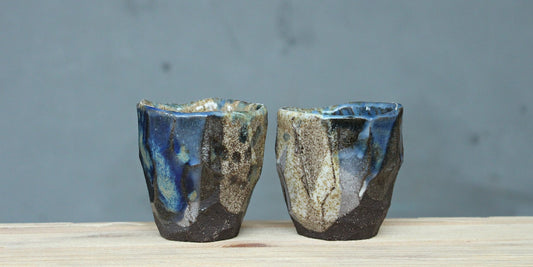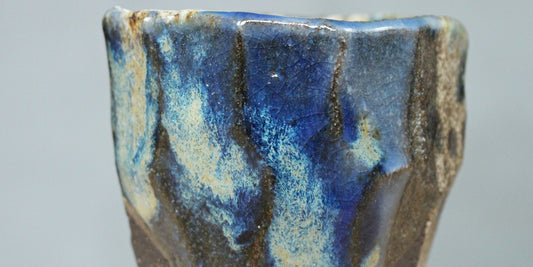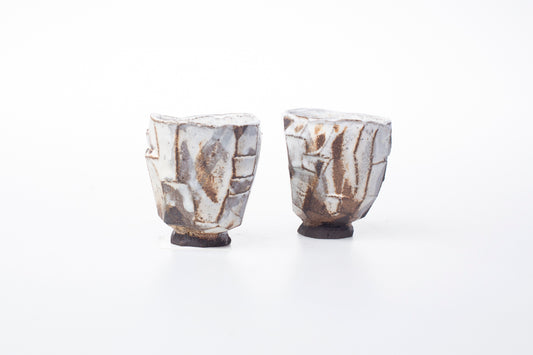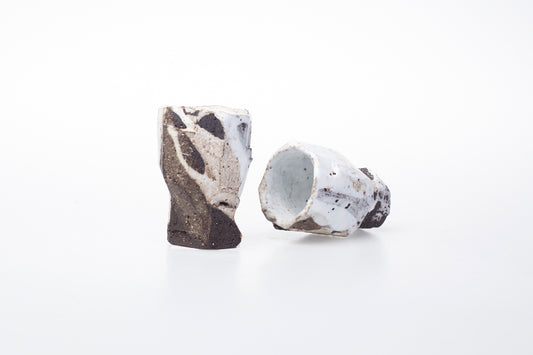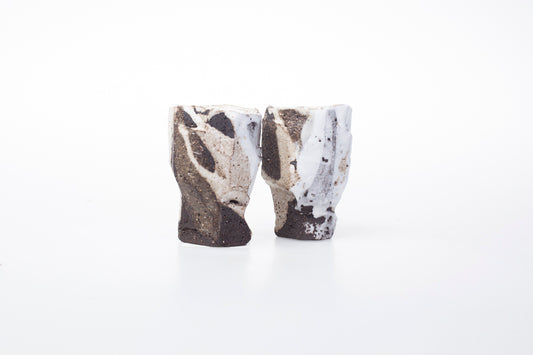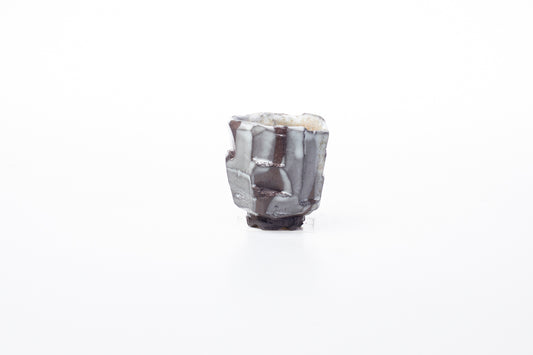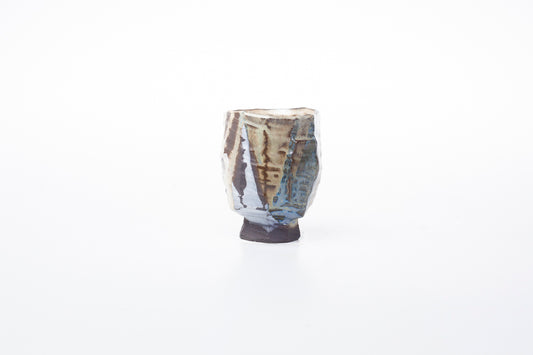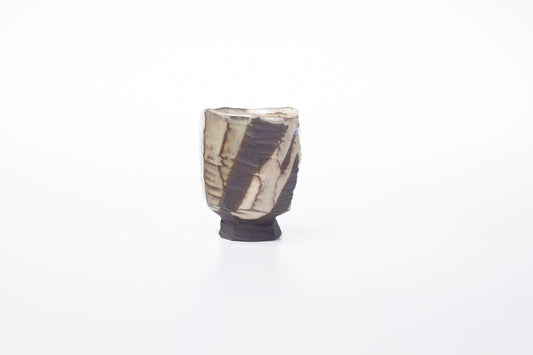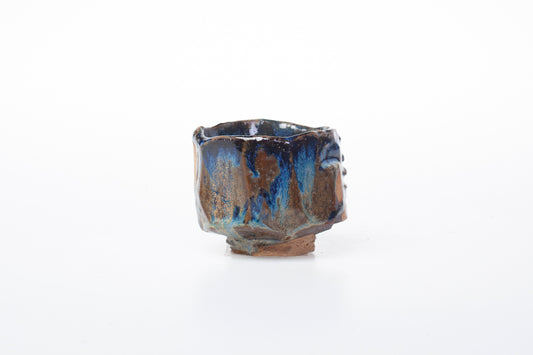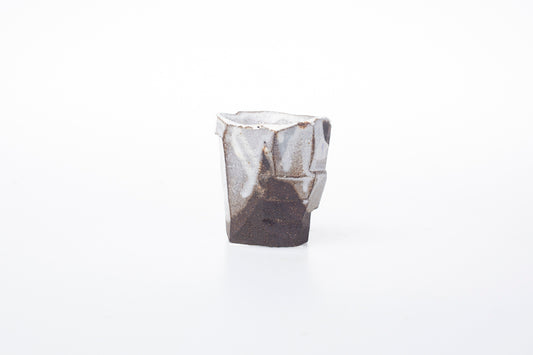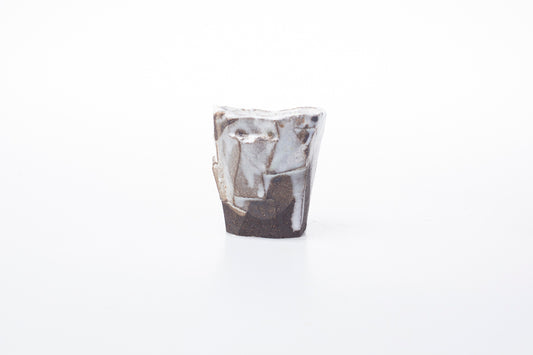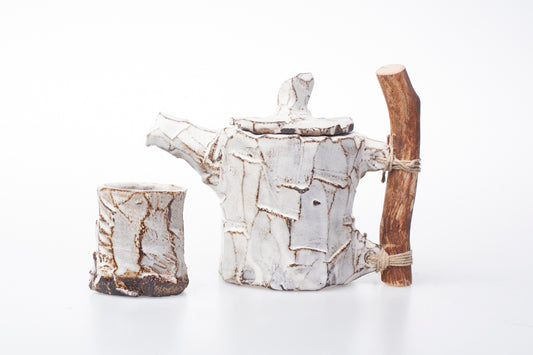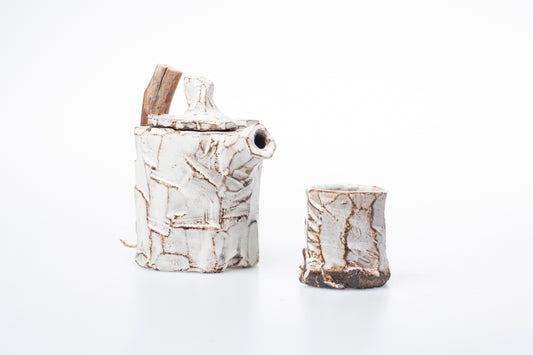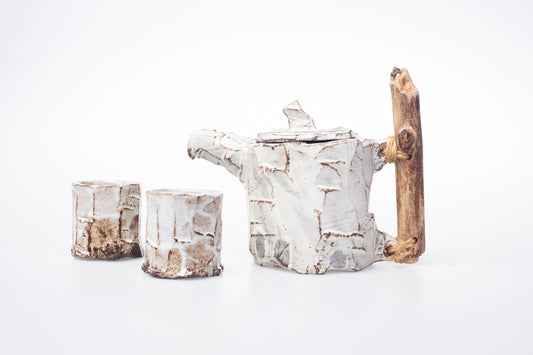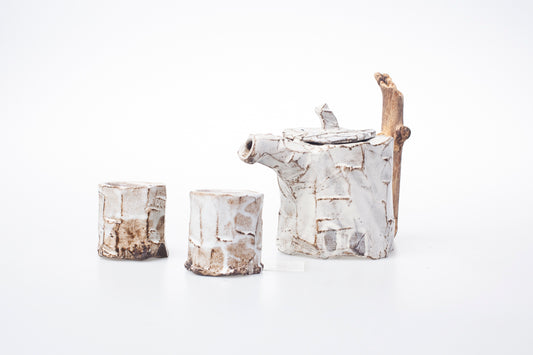
Sepideh Jahanpanah
CERAMICIST, South Holland
Maker's Story
Sepideh Jahanpanah is an interdisciplinary artist and a ceramist currently living and working in The Hague, Netherlands.
Her artistic interest was originally inspired, and has at its foundation, Sepideh’s Persian background, an indescribably rich culture that goes back thousands of years and she is inevitably in love with.
Sepideh has grown up in a society that has been suppressed for decades rather centuries, besides having strong traditional particularities in it. Being controlled in every aspect of her personal life, especially as a girl, played a massive role in shaping her artistic tendencies. Later on, when she decided to become a professional ceramic artist, she found her desire for freedom in creativity craftsmanship in Japanese ceramic techniques.
Imperfection as an achievement meets independently developed techniques in traditional Japanese ceramics. Wabi Sabi's worldview, also rooted in Japan, helped Sepideh to develop her evolving style of ceramic.
“I love accidental compositions of forms and patterns. Then I fulfil myself by freezing mostly unplanned moments in the glaze forever.”
Sepideh’s Bachelor Degree was at The Art University of Isfahan, Iran, focused on ceramics. Later she won a place to study an MA in Artistic Research at the Royal Academy of Arts in The Hague, The Netherlands where she has been working since.
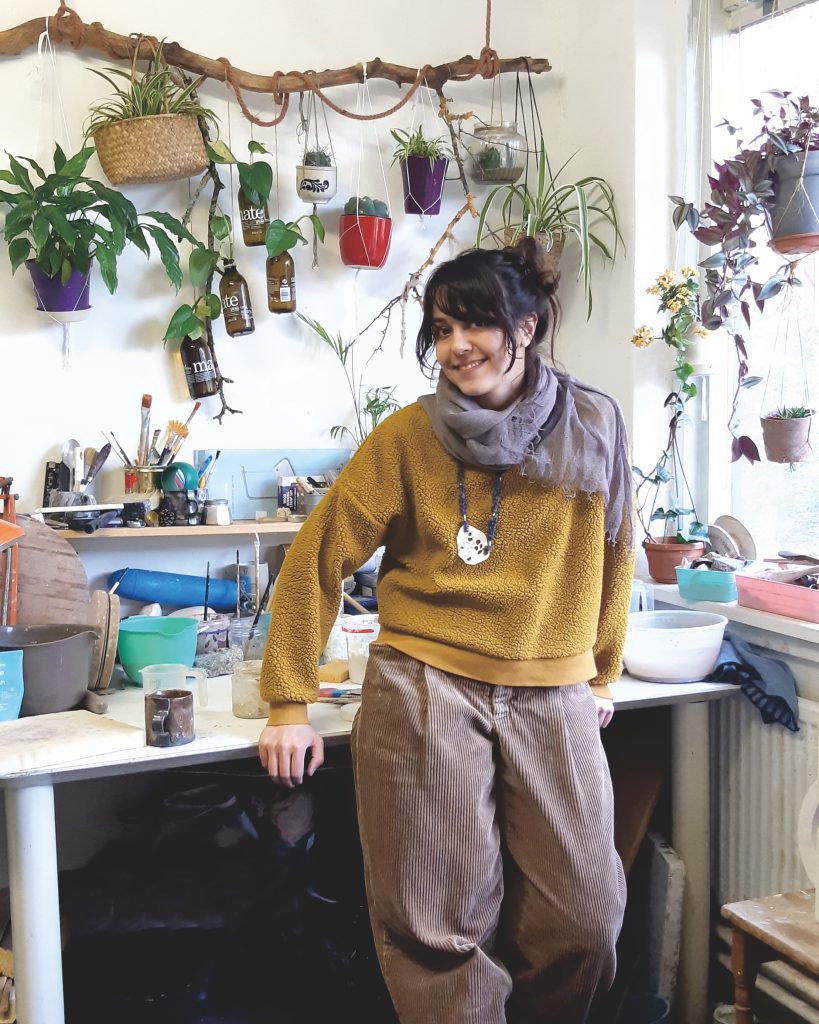
Inspired by natural phenomena, I create timeless designs and lively ceramic peices through exaggerating the traces of my tools and emphasising irregularity and imperfection.
The Process
Sepideh’s works are made using different hand-building techniques that have been used to make ceramics from ancient history until today.
Kurinuki is one of them, a Japanese classical technique that results in unique ceramic pieces. In this technique, each piece is created by hollowing a clump of clay, adapting to the nature of it. The result is that no two pieces are the same, while this is accentuated by gestural application of the glaze inspired by Japanese pour-patterning techniques.
Along her art projects, she makes sculptural decorative objects combining different hand-building techniques. Sometimes she uses local and unprocessed materials to add the same conceptual layer to them.


Products
-
Abandoned Vessel No.3 (vase)
Regular price €95,00Regular priceUnit price / per -
Bowl No. 3
Regular price €49,00Regular priceUnit price / per -
Bowl No. 1
Regular price €49,00Regular priceUnit price / per -
Kurinuki Set No.6
Regular price €50,00Regular priceUnit price / per -
Kurinuki set no.5
Regular price €75,00Regular priceUnit price / per -
Kurinuki set no. 3
Regular price €60,00Regular priceUnit price / per -
Kurinuki set No.2
Regular price €60,00Regular priceUnit price / per -
Kurinuki single cup No.4
Regular price €27,00Regular priceUnit price / per -
Kurinuki single cup No.11
Regular price €29,00Regular priceUnit price / per -
Kurinuki single cup no. 10
Regular price €29,00Regular priceUnit price / per -
Kurinuki single cup No. 8
Regular price €29,00Regular priceUnit price / per -
Teapot set with one cup No.2
Regular price €85,00Regular priceUnit price / per -
Teapot set with two cups no.1
Regular price €95,00Regular priceUnit price / per
Q&A
What motivates you to make?
Everyday, I learn something new about ceramic. This is an ever evolving journey that is impossible to become unexciting. The challenges involved in working with clay are just within my patience. Besides that, by making sculptural tableware, I take art out of galleries and bring it into every day life. My ceramic pieces can simply influence simple daily habits and increase the quality of life.
What and/or who are you most inspired or influenced by?
I am fascinated by natural processes such as eroded rocks and organic structures on a microscopic scale that inspire me to visualise my emotions for the world, nature, life and death in three dimensional forms. What helped me to become braver in this regard was Wabi Sabi world view.
I learned from a lot of ceramists around the world and especially the manner of Japanese ceramicist towards material. I try to learn every day how to respect the material I am working with better, how to be acceptive of my mistakes and how to express myself in each individual work and don’t let *making* become a repetitive task.
What is your unique approach to your craft and how have you honed your skills?
Besides carefully designed and made perfectly functional cups and regularly improving my glaze recipes, experimenting unusual clay bodies for both art and tableware, making complicated sculptures with delicate parts and still finding my own style of carving.
I try to challenge myself by coexisting with clay and letting it to lead me, instead of me forcefully turning it into what I want
What is your defining or proudest moment as a maker so far?
Every moment that I am reminded of what I have been through in the path of becoming an independent ceramic artist, I feel proud. Despite the limits as a foreigner, during a pandemic, number of physical issues and so on, I was in love with clay enough to stay in this path.
As an artist and a maker, I am proud of my creations which carry the artistic manner, characteristic design and functionality in a perfect balance. But the moments that it is difficult even for myself to define a piece as an artwork or a functional piece is the moment I am fulfilled
What is your dream project?
These days, my dream project especially as a female artist is to make an art installation that represents a high level of craftsmanship and a humanitarian concept that involves people of different cultural background.
